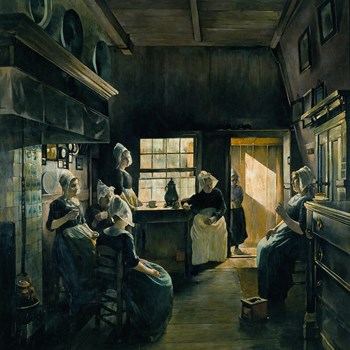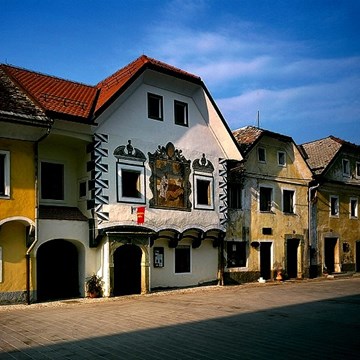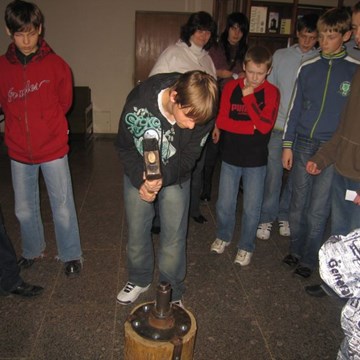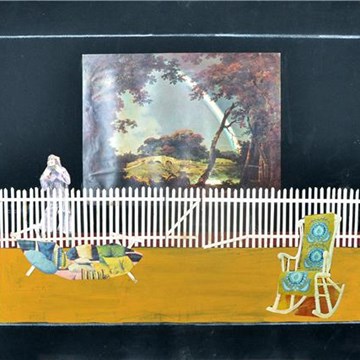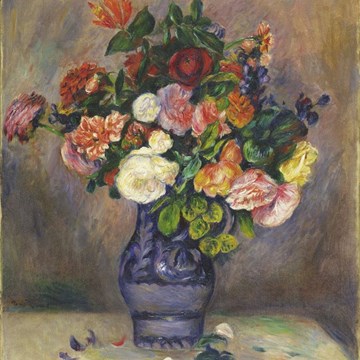A wide variety of styles, periods, artists and schools, varying from the late renaissance, baroque and classicism to romanticism, symbolism, impressionism, Art Nouveau and art trends from the second half of 20th century are represented here.
The works of many famous artists from countries that were the leaders in the development of Western art, namely Italy, France, The Netherlands, Spain and Germany are represented here together with those from countries which formed their own identity through national schools, namely Austria, USA, Eastern European and the Baltic countries. Some examples of which are: “Concerto” a painting by the artist F. Rustici (school of Caravaggio); “Diogenes with a Lantern” the work of the 17th century Spanish realist J. de Ribera; “The Crucifix” the painting of the Flemish baroque master P. P. Rubens, (which is the only example of his work in the Baltic states); work by the Swiss symbolist A. Böcklin; “Lady With a Mask” by the Sezession movement leader L. Corinth; sculptures by A. Rodin and B. Thorvaldsen.
The museum also proudly houses a generous Italian and Dutch art collection from the 17th and 18thcenturies. A collection of Belgian art from the first half of the 20th century was donated to the museum in 1936 by the artists participating in the Belgian exhibition in Kaunas and is exhibited here.
In 1997, thanks to the generous efforts of German artist Eva-Maria Schoofs-Kentner, the museum was presented with a collection of 62 modern German artists’ works on paper which are also exhibited here.
A wide variety of styles, periods, artists and schools, varying from the late renaissance, baroque and classicism to romanticism, symbolism, impressionism, A rt Nouveau and art trends from the second half of 20 th century are represented here. The works of many famous artists from countries that were the leaders in the development of Western art, namely Italy, France, The Netherlands, Spain and Germany are represented here together with those from countries which formed their own...
Read more
